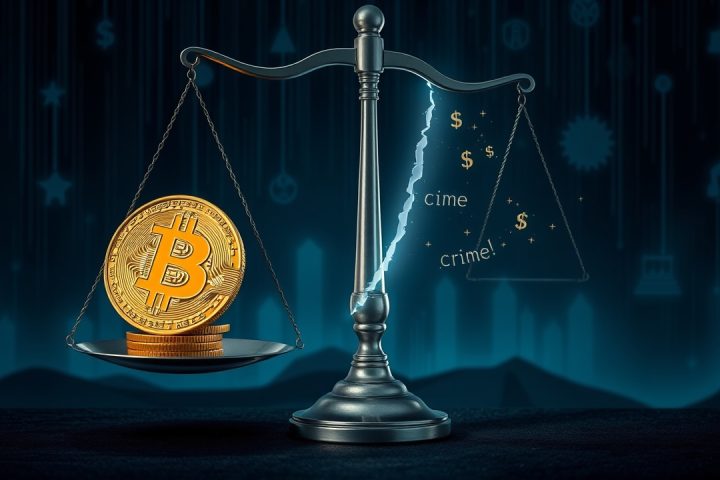Understanding Memecoins and Their Risks
The world of cryptocurrencies has seen savvy traders and long-term holders (often referred to as HODLers) make substantial profits through memecoins—digital currencies inspired by internet memes. However, the easy entry into this market, coupled with its speculative nature, has turned memecoins into prime targets for scammers. This comprehensive guide will help you identify memecoin scams, protect yourself during trades, and outline steps to take if you fall victim to a fraudulent scheme.
Memecoins are essentially cryptocurrencies or tokens created around humorous memes that thrive on social media. The value of these digital coins is often driven by sheer hype rather than any underlying utility or functionality. Investors are drawn to these coins, attracted by the potential for high returns, often dampened by fears of missing out (FOMO).
Identifying Potential Scams
Due to their inherent volatility and low cost of entry, memecoins present unique risks that scammers exploit. Recognizing the signs of possible fraud is crucial for prospective investors. A significant red flag is the anonymity of the developers behind a memecoin. If there are no available credentials or verifiable backgrounds for the team managing the project, it may be prudent to stay away.
Fraudulent projects typically promise unrealistic returns without substantiating how these profits will materialize, often featuring dubious tokenomics that indicate the developers hold a disproportionate share of the tokens. Detailed development plans and clear roadmaps are essential; without them, it becomes hard to gauge the project’s legitimacy. Authentic projects generally present functional prototypes or minimum viable products (MVPs) that investors can evaluate.
Common Tactics Used by Scammers
Scammers further heighten their schemes by creating urgency, pushing potential investors to act swiftly without adequate research. This is often backed by heavy marketing strategies, involvement from influencers, or misleading affiliations with well-known brands or personalities.
Another indicator of potential scams is poor website design, grammatical errors, or domains that closely mimic those of legitimate projects. Conversely, well-established projects typically invest time and resources into developing user-friendly platforms. Additionally, a lack of community engagement on forums like X (formerly Twitter), Discord, or Reddit can signal a fraudulent operation, where bots may be employed to simulate activity.
With the rise of token launching platforms such as Pump.fun, it has become alarmingly easy for fraudsters to deploy shoddy smart contracts that can pass as authentic at first glance. Even reputable projects often get audits to demonstrate their integrity; if a memecoin has not undergone such scrutiny, it raises concerning questions about its legitimacy.
Low liquidity in memecoins can indicate the potential for a rug pull scam, where developers create temporary liquidity pools that lure in investors. Once the price spikes, they remove the underlying token, leaving mainly worthless memecoin in circulation, effectively disappearing with the investors’ money.
Types of Memecoin Scams
Several types of memecoin scams have surfaced, including:
- Rug Pulls: Developers abandon projects abruptly, taking off with the invested funds while leaving holders with valueless tokens.
- Fake Presales: Scammers generate buzz around a new token, collect funds for early purchases, and vanish without delivering promised tokens.
- Pump-and-Dump Schemes: Here, manipulators artificially inflate token prices to make a quick profit, crashing the price afterward.
- Celebrity-Endorsed Fraud: Scammers misuse celebrity names or likenesses to entice investors into buying into fake tokens.
- Phishing Attacks and Honeypot Schemes: These involve manipulating users into providing private keys or enticing them to invest in unsellable tokens, leading to substantial losses.
What to Do If You Fall Victim
If you have unfortunately fallen prey to a memecoin scam, it’s essential to act quickly to minimize further losses. Cease all interactions with the fraudulent project immediately. Document every detail of the incident, as this record could be invaluable for any ongoing investigation or recovery efforts. It might be wise to seek professional advice from experts in cryptocurrency fraud management, particularly if significant funds are involved.
Reporting scams to local authorities can also help, although expecting swift action can be unrealistic. Furthermore, raising awareness about your experience can serve as a warning to future potential investors, helping to prevent others from becoming victims.
Protecting Yourself for the Future
Protecting yourself in the future involves basic security measures, such as regularly updating passwords and utilizing two-factor authentication across all your accounts. As the memecoin landscape continues to evolve, staying informed and vigilant can significantly reduce the risk of falling victim to scams, ensuring that you can invest safely.




